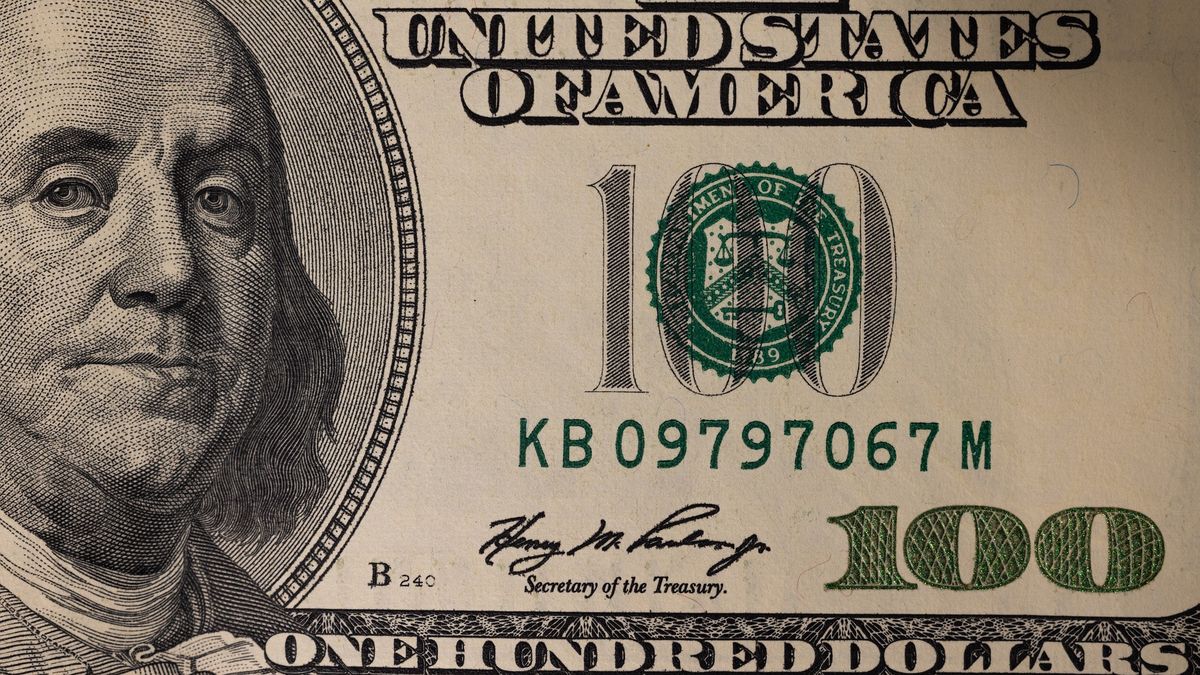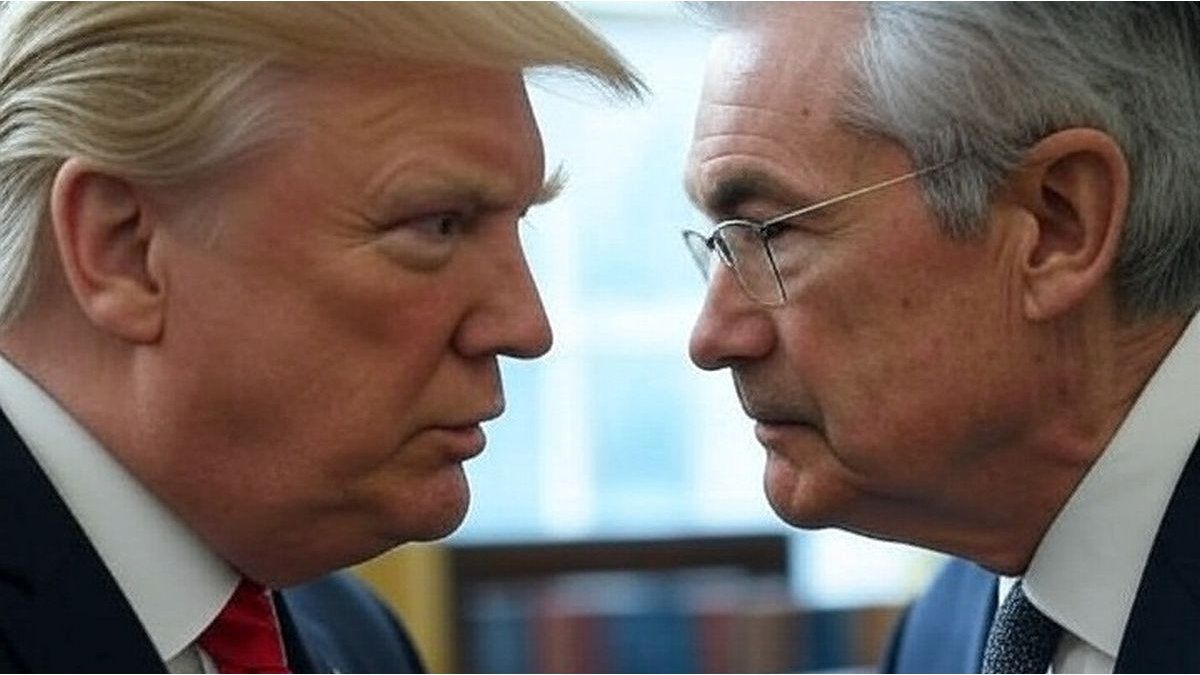Regarding the exchange rate, they believed that “we see a scenario where the impact of the agreement with the IMF is limited and does not contribute dramatically to reducing the gap.”
In relation to the CCL, “we believe that the key is in the nominality of the economy. With few reserves in the central bank, the determining variables to set the value of the CCL are supply and demand for money (demand for money vs monetary liabilities of the BCRA). If we do not assume dramatic changes in the demand for money in the coming months, a stylized projection of the BCRA’s monetary liabilities warns us that the CCL is not today at exchange rate overreaction levels.”
According to different scenarios of deficit, increase in debt in pesos and accumulation of reserves, the CCL, according to these projections, ends the year around $350, a value that is 55% higher than the current one, which in practical terms is the same adjusted for projected inflation, said José Echagüe.
The reduction in the exchange rate gap “can be driven by the rise in interest rates and also by a reduction in the inflation rate, which helps to restore the demand for money. But we have already seen that reducing inflation is not something that can be achieved quickly, and at the risk of being pessimistic, we believe that it is a process that is not going to record improvements in the very short term”.
Source: Ambito
David William is a talented author who has made a name for himself in the world of writing. He is a professional author who writes on a wide range of topics, from general interest to opinion news. David is currently working as a writer at 24 hours worlds where he brings his unique perspective and in-depth research to his articles, making them both informative and engaging.




